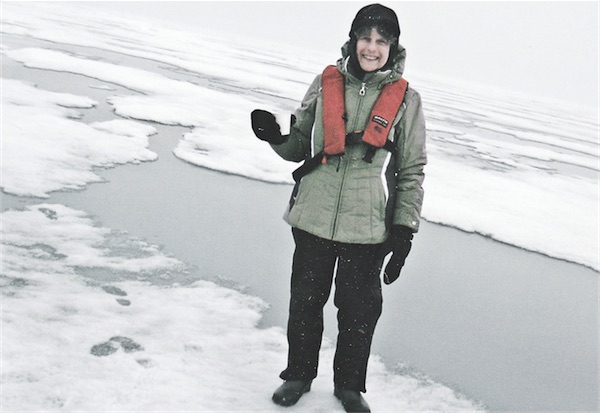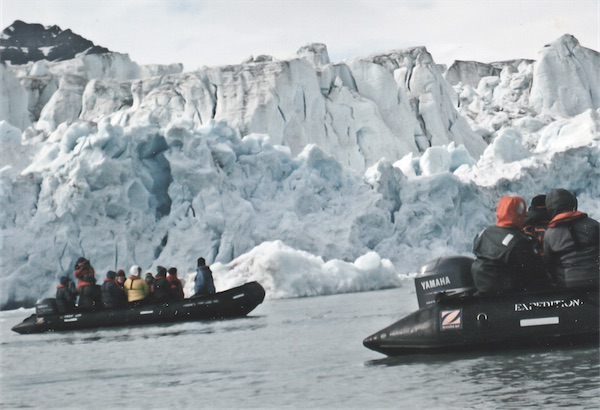From the top of the world to the bottom is approximately 12,416 miles, North Pole to the South Pole. A lot of miles to travel to reach these extremes of the earth, both similar in nature but still unique unto their own selves. And that’s what a Del Webb resident, Ruth Ann Houston, undertook: travel to both extremes to see what’s there!

Ruth Ann Houston. (Photos provided)
In 2013, Ruth Ann decided, after a visit to the Antarctic, to reverse directions and travel as close as possible to the North Pole. To do so, she visited a group of Norwegian islands, the Svalbards, halfway between Norway and the pole. And when we say north, we mean north of Iceland and north of Greenland. At her final land destination she was within 520 miles of the North Pole. While the primary legs were via plane, the majority of her further north adventure was on a small ship with approximately 100 other passengers.
Being on a ship this small offered many advantages that larger cruise ships could not provide. The main one is getting up close and personal with the environment. Not many large ships will play bumper pool with icebergs! Not Titanic size bergs, but smaller, manageable chunks and ice flows.
For land excursion, zodiacs, small inflatable boats, were used to ferry passengers to shore to view the wildlife. The northern pole area has a totally different set of animals apart from the southern pole: reindeer, arctic fox, puffins, walrus, and seals were the predominant species she observed, penguins were only in the south. But the main animal everyone wanted to see was the king of the north, the polar bear.

As the ship headed further north, passengers would weather the summer temps of 30 degrees and scour the ocean and ice patches for the elusive animal. After about an hour, they would then scurry back inside for a hot cup of coffee, tea, or grog. Without a sighting after a few days they felt their efforts may have been in vain when suddenly – success!
They finally spotted one walking across a large patch of ice. Majestic even at a distance, it slowly made its way across the ice on its never ending summer quest for food. In order to survive the harsh, bitter-cold winter, the animal has to build up his internal fat supplies in the 24 hours of summer sun. Watching the bear plod slowly and sluggishly across the ice was a highlight of the trip.
Naturalists from the tour company provided insights into the environment while a photographer instructed them on improving their photo shoots. Land excursions were accompanied by armed hunters should they get too close to anything dangerous. Side trips included visiting one of the glaciers in the area to not only walk on it, but to also examine the various ice formations created during its movement to the ocean.
Houston’s biggest regret: Not having enough time to learn more about the people that lived there and how they coped with the long winters.





1 Comment
well written, informative, and entertaining. Keep em coming